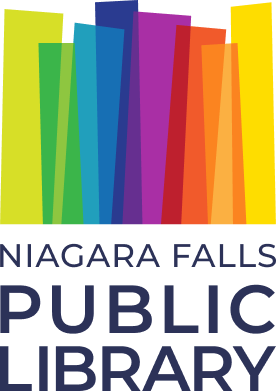A look into the many names of Niagara Falls
What we know today as the City of Niagara Falls has had many names over the years since becoming inhabited by settlers.
1783 — After The American Revolution, land was needed for the influx of United Empire Loyalists coming to Upper Canada. The west bank of the Niagara River that is now Niagara Falls was known as Mount Dorchester, named after Sir Guy Carleton, the Earl of Dorchester, or Township Number 2, since it was the second township surveyed in this area.
1791-1792 — John Graves Simcoe was the first lieutenant-governor of Upper Canada and renamed the township Stamford Township, after the town of the same name in Lincolnshire, England.
1831 — The first community in this township was called Drummondville, named after Sir Gordon Drummond, who led the British forces during the Battle of Lundy’s Lane. It obtained village status and included about 12 houses around Portage Road, Lundy’s Lane, and Ferry Street.
1832 — Captain Creighton bought land, now the centre area of the city, from the Benders, one of the first settler families. He named the area Clifton after a place in England.
1853 — A suspension bridge was built in 1848 across the gorge. A series of shanties and houses were built around this bridge and eventually gained village status and was named Elgin, after the governor general, Lord Elgin.
1856 — The two villages, Elgin and Clifton, had grown in the past few years, so they incorporated to become the Town of Clifton from above the waterfall and past Bridge Street.
1881 — After a special Act of Parliament, along with the town’s desire, the Town of Clifton changed its name to the Town of Niagara Falls.
1882 — After many petitions for and against it, Drummondville incorporated and changed its name to the Village of Niagara Falls.
1904 — Due to close boundaries, increased tourism, and growing power production, the town and village incorporated to become the City of Niagara Falls.
1963 — Niagara Falls grew when it amalgamated with the Township of Stamford after a postwar boom, comprising the area of the original Stamford Township from the 1787 land survey.
1970 — When regional government began, the City of Niagara Falls grew even more when Chippawa, Willoughby Township and a small part of Crowland Township were added.
But why Niagara? Many names mentioned above were named after English places or people, but the word Niagara first appeared in writing in 1641 by a Jesuit priest, spelled Onguiaahra, an Indigenous word. From what I could find, Niagara was mostly used to represent the Niagara Falls and the Niagara River.
There have been many subsequent spellings of the word as Europeans tried to capture the Indigenous pronunciation in writing. The spelling was standardized in the 18th century to what we know today but there seems to be no consensus about the origin of the word. Some think it is from the Neutral Nation, the Chonnonton, and therefore Iroquoian in origin, meaning “the neck.”
While this area has had many names over the years, the residents know it as “home.”

